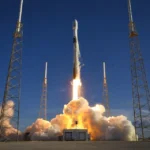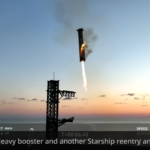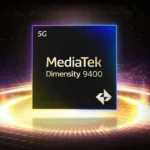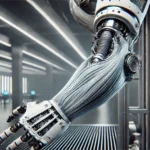AI beats drone world champion. The AI drone has defeated the human opponents and beat their best times by far. The AI could only be beaten under changing conditions.
Who flies faster: humans or artificial intelligence (AI)? A team from the University of Zurich (UZH) and Intel has developed an AI that can control drones. Among other things, she had to compete with the world champion in the drone race and in shows: AI beats world champion.
Swift is the name of the AI system. A AI system that the UZH team used to compete against the world’s best drone pilots: Alex Vanover, 2019 Drone Racing League Champion, Thomas Bitmatta, who became the MultiGP Drone Racing Champion in the same year, and Marvin Schaepper, three-time Swiss champion . At speeds of more than 100 km/h.
Thy flew a total of 25 races. The result was clear: Swift drone AI beats word champion challenger 15 times. The best time of the AI pilot was half a second below that of the best human pilot. The team describes the results in the journal Nature.
AI beats world champion but humans are more adaptable
As long as the conditions stayed the way Swift had trained them, the AI system had the edge. However, if the conditions changed, for example if it was too bright, then people could adapt better to the changed situation.
In complex games like chess or Go, AI has long been superior to humans. “Physical sports are more challenging for AI because they are less predictable than board or video games , ” said Davide Scaramuzza , head of the robotics and cognition group at UZH.
However, the drone races were not an end in themselves: Swift is intended to pilot drones in research or disaster missions, for example, where speed is important. “Drones have limited battery capacity; they use most of their energy to stay aloft. If we fly faster, we increase their usefulness ,” said Scaramuzza. “In applications such as forest surveillance or space exploration, this is important to cover large areas in a short time. In the film industry, fast autonomous drones could be used to capture action scenes. Last but not least, a high flight speed can make a crucial difference in rescue operations – for example with drones that are sent into a burning building.
![[AI beats world champion] Image: Artificial Intelligence, AI (Inteligencia artificial), via: pixabay, by: geralt.](https://tex9.net/wp-content/uploads/2023/08/Image-Artificial-IntelligenceAI-Wikimedia-Commons-672x372.jpg)
















